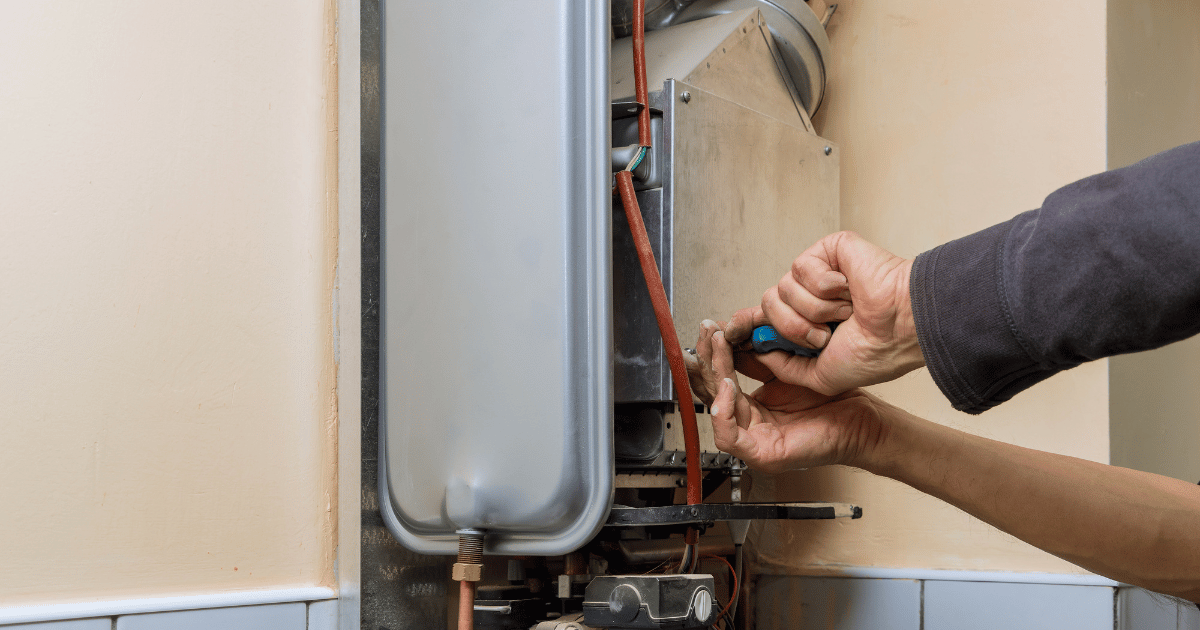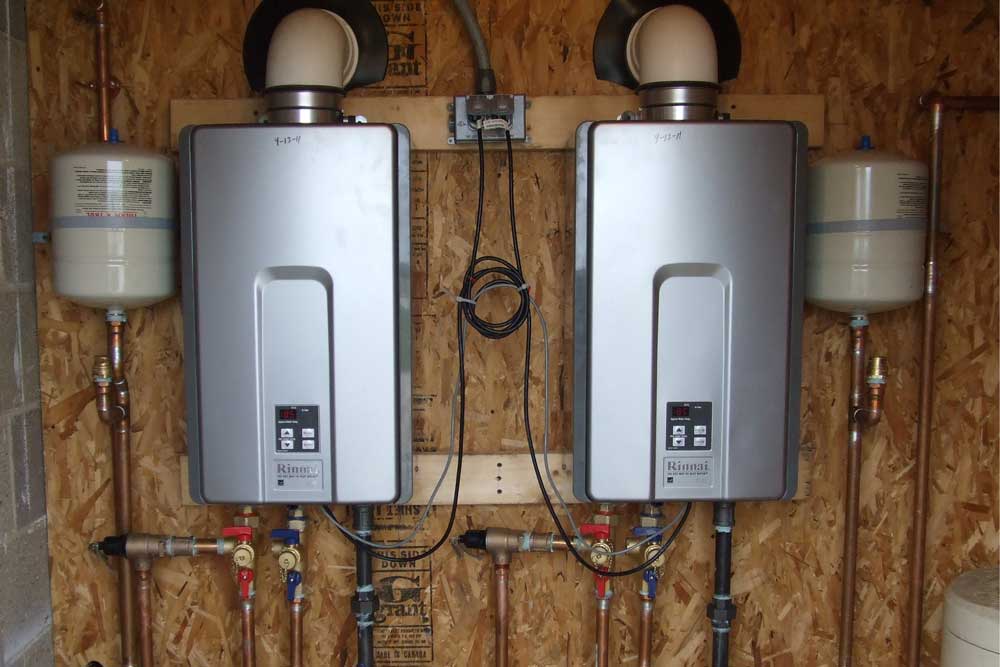Are you searching for advice about How to Maintain Your Water Heater & Prolong its Life?

Warm water is vital for daily convenience, whether it's for a refreshing shower or cleaning meals. To ensure your hot water system runs successfully and lasts much longer, routine maintenance is key. This post supplies practical suggestions and understandings on exactly how to maintain your home's warm water system to avoid disturbances and pricey repair services.
Intro
Preserving your home's hot water system could appear difficult, however with a few simple actions, you can ensure it runs efficiently for many years ahead. This guide covers whatever from comprehending your warm water system to DIY upkeep suggestions and knowing when to hire expert help.
Value of Preserving Your Hot Water System
Routine maintenance not just prolongs the lifespan of your hot water system however additionally ensures it runs efficiently. Overlooking upkeep can lead to decreased performance, greater energy costs, and even premature failing of the system.
Signs Your Hot Water System Requirements Maintenance
Knowing when your hot water system needs interest can protect against significant issues. Look out for indicators such as irregular water temperature level, strange noises from the heating unit, or rustic water.
Recognizing Your Warm Water System
Prior to diving right into maintenance tasks, it's practical to recognize the standard components of your warm water system. Typically, this consists of the water heater itself, pipelines, anode poles, and temperature controls.
Regular Monthly Maintenance Tasks
Routine monthly checks can assist catch minor issues prior to they escalate.
Flushing the Water Heater
Purging your hot water heater gets rid of sediment buildup, boosting effectiveness and extending its life.
Monitoring and Changing Anode Rods
Anode rods prevent rust inside the container. Examining and replacing them when worn out is vital.
Examining and Adjusting Temperature Setups
Changing the temperature level settings guarantees ideal performance and safety.
DIY Tips for Maintenance
You can execute numerous upkeep tasks yourself to maintain your hot water system in leading problem.
Checking for Leaks
Consistently inspect pipes and links for leakages, as these can lead to water damage and greater expenses.
Evaluating Pressure Relief Valves
Checking the stress relief valve guarantees it works properly and protects against excessive stress accumulation.
Protecting Pipelines
Insulating hot water pipes reduces warm loss and can conserve power.
When to Call a Specialist
While DIY upkeep is useful, some concerns need specialist experience.
Complex Problems Calling For Professional Help
Instances include major leakages, electric troubles, or if your water heater is regularly underperforming.
Routine Expert Maintenance Perks
Specialist maintenance can include comprehensive examinations, tune-ups, and ensuring conformity with security standards.
Verdict
Regular upkeep of your home's warm water system is vital for effectiveness, long life, and price savings. By complying with these ideas and recognizing when to seek professional assistance, you can make certain a trustworthy supply of hot water without unexpected interruptions.
How to Maintain an Instant Hot Water Heater
Before tinkering with your hot water heater, make sure that it’s not powered on. You also have to turn off the main circuit breaker and shut off the main gas line to prevent accidents. Also turn off the water valves connected to your unit to prevent water from flowing into and out of the appliance. 2. When you’re done, you have to detach the purge valves’ caps. These look like the letter “T” and are situated on either side of the water valves. Doing so will release any pressure that has accumulated inside the valves while at the same time avoid hot water from shooting out and burning your skin. 3. When the purge valves’ caps are removed, you have to connect your hosing lines to the valves. Your unit should have come with three hoses but if it didn’t, you can purchase these things from any hardware or home repair shops. You can also get them from retail stores that sell water heating systems. Read the user’s manual and follow it to complete this task properly. When the hosing lines are connected, open the purge port’s valves. 4. You should never use harsh chemical cleaners or solutions when cleaning your unit. Make use of white vinegar instead. It should be undiluted and you’ll probably use about 2 gallons. 5. Now flush your water heater. This task should probably take about 40 minutes. We can’t give you specific directions for this because the procedure is carried out depending on the type, model and brand of your heater. With that being said, refer to the user’s manual. 6. When you’re done draining the unit, you have to turn off the purge port valves again. Remove the hosing lines that you earlier installed on each of the water valves. Put the valve caps (purge port) back in their respective places and be very careful so as not to damage the rubber discs that are found inside these caps. 7. Now that everything’s back in place, check your user’s manual again to find out how to reactivate your water heating system. 8. Once it is working, turn one of your hot water faucets on just to let air pass through the heater’s water supply pipes. Leave the tap on until water flows smoothly out of it. https://www.orrplumbing.com/blog/2014/september/how-to-maintain-an-instant-hot-water-heater/

I stumbled upon that content on Tips on Maintaining a Water Heater when doing a lookup on the web. If you please pause to promote this content if you enjoyed reading it. Thanks for going through it.
Start Now